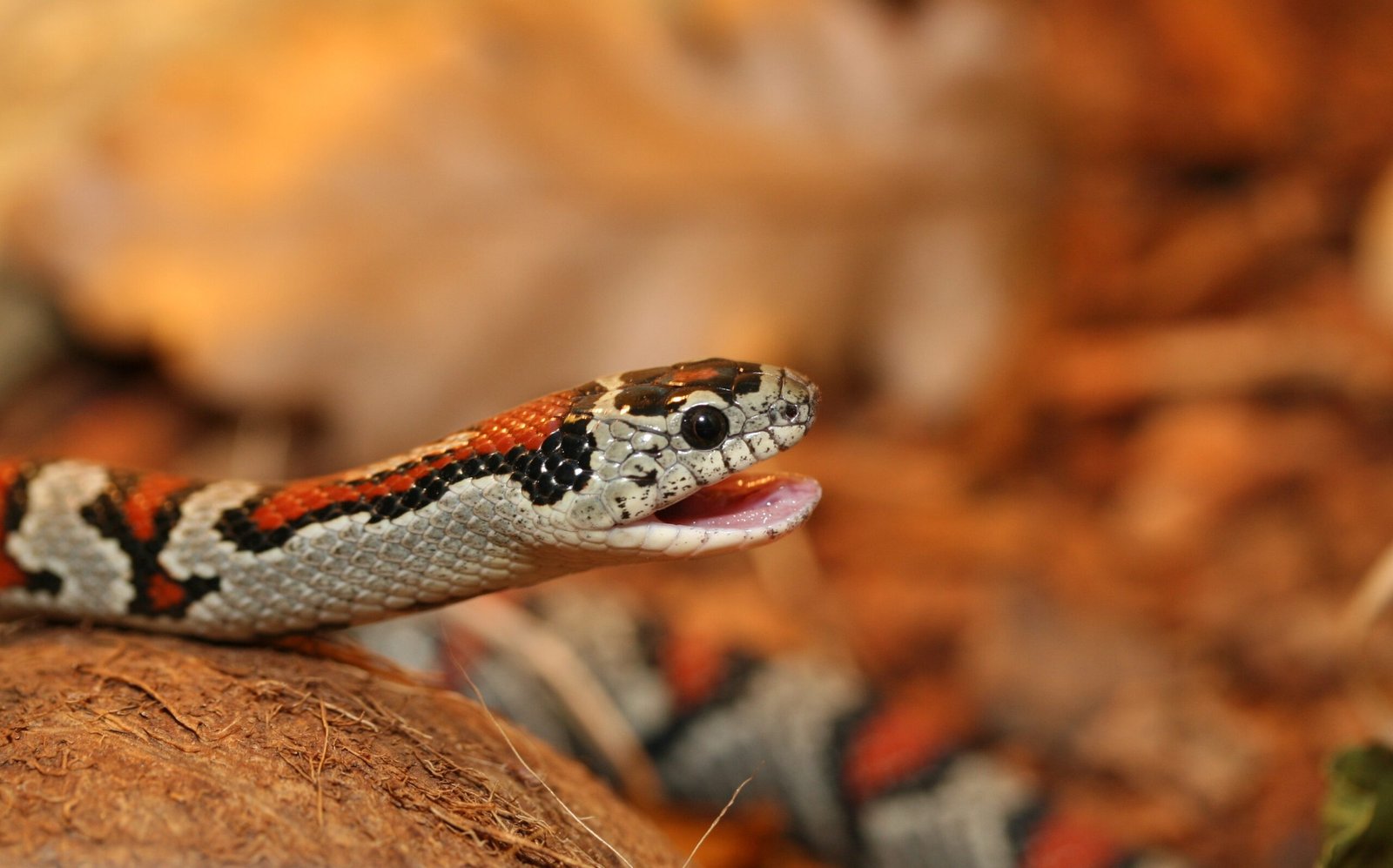Have you ever wondered what makes kingsnakes so fascinating? These remarkable reptiles captivate snake enthusiasts with their diverse colors and unique behaviors. Known for their adaptability and resilience, kingsnakes offer a treasure trove of intriguing facts that can surprise even the most seasoned snake lover. Let’s dive into the world of kingsnakes and uncover 14 fascinating facts about these incredible creatures.
Kingsnakes are some of the most fascinating reptiles you can encounter, especially for those interested in snake behavior and diversity. Known for their striking patterns and bold personalities, these snakes are non-venomous yet fearless, often preying on other snakes—including venomous ones! They’re also surprisingly adaptable, thriving in a wide range of habitats from forests to deserts. Kingsnakes are a popular choice for reptile enthusiasts due to their docile nature and ease of care in captivity. Let’s explore 14 curious facts that make kingsnakes truly captivating creatures.
The Royal Name: Why “Kingsnake”?
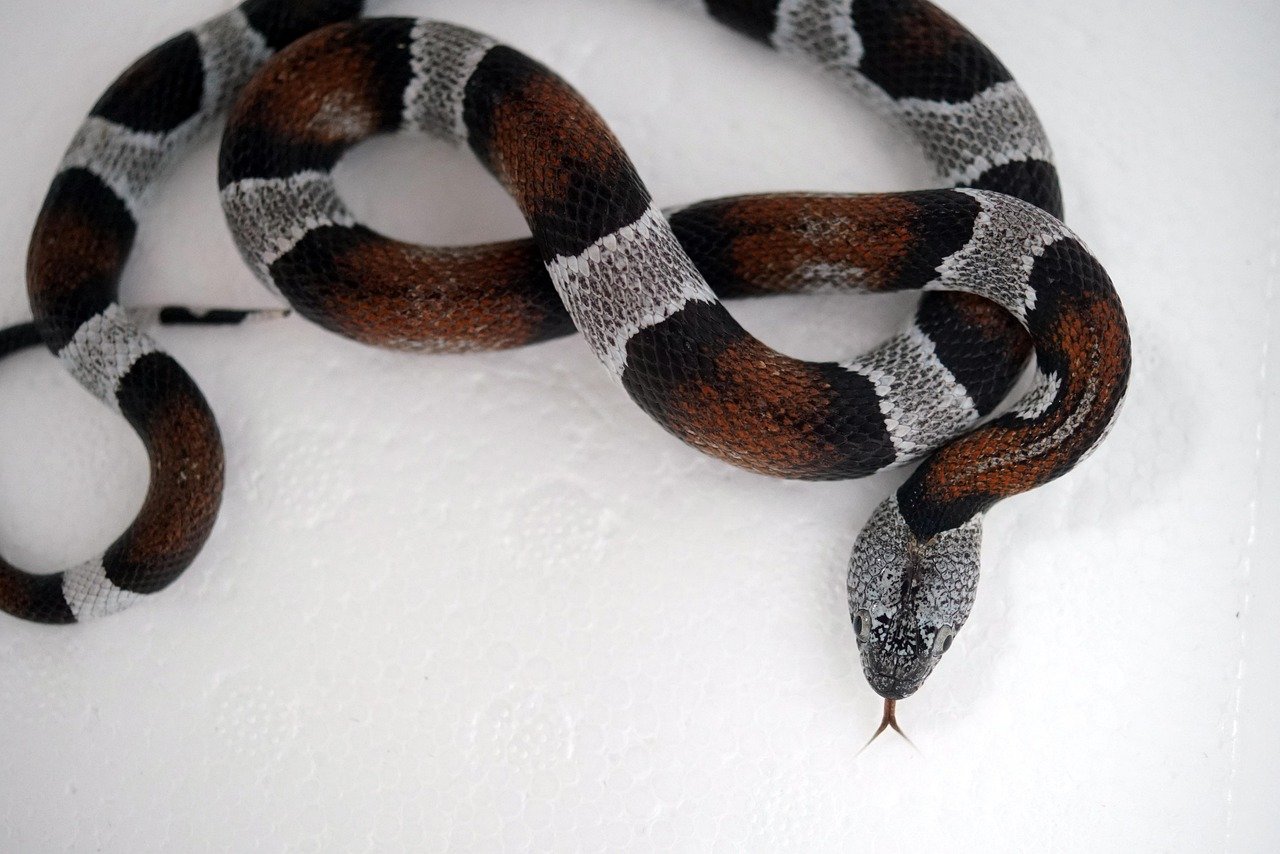
The name “kingsnake” might make you think of royalty, and in a way, it fits perfectly. Kingsnakes are named for their ability to prey on other snakes, including venomous ones. Imagine a king ruling over his domain, fearless and dominant. This regal title is a nod to their prowess as predators. They possess a natural immunity to the venom of their prey, including rattlesnakes. This makes them formidable hunters in the animal kingdom, much like a king reigning supreme over his territory.
Stunning Color Variations
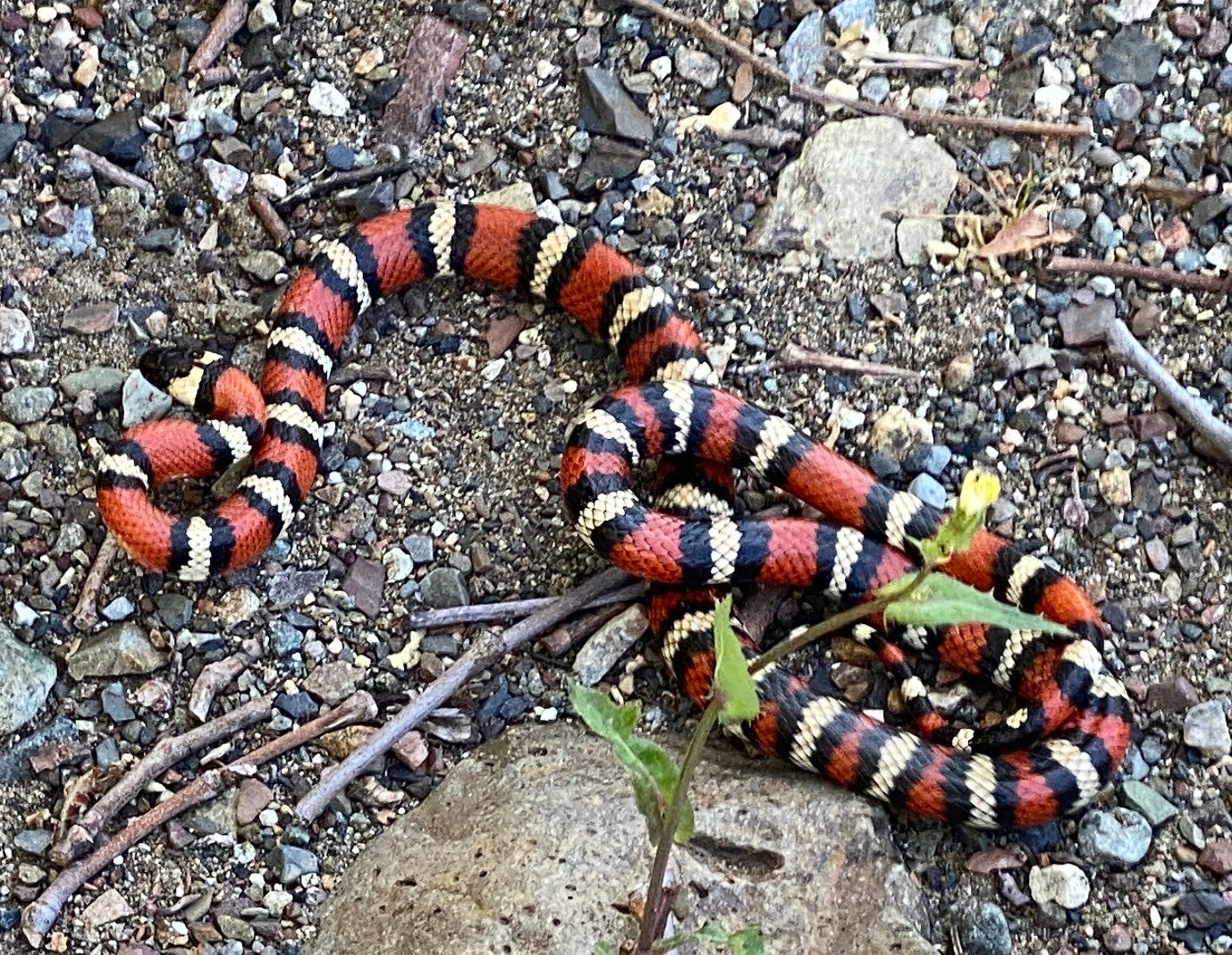
Kingsnakes are like the chameleons of the snake world, boasting an array of stunning color patterns. From vibrant reds and yellows to deep blacks and whites, their appearance is as diverse as it is mesmerizing. These color variations aren’t just for show; they serve a crucial purpose in the wild. For instance, the mimicry of the venomous coral snake by the scarlet kingsnake is a classic example of how their appearance aids in survival. This mimicry can deter predators, making them think twice before approaching.
Masters of Adaptation
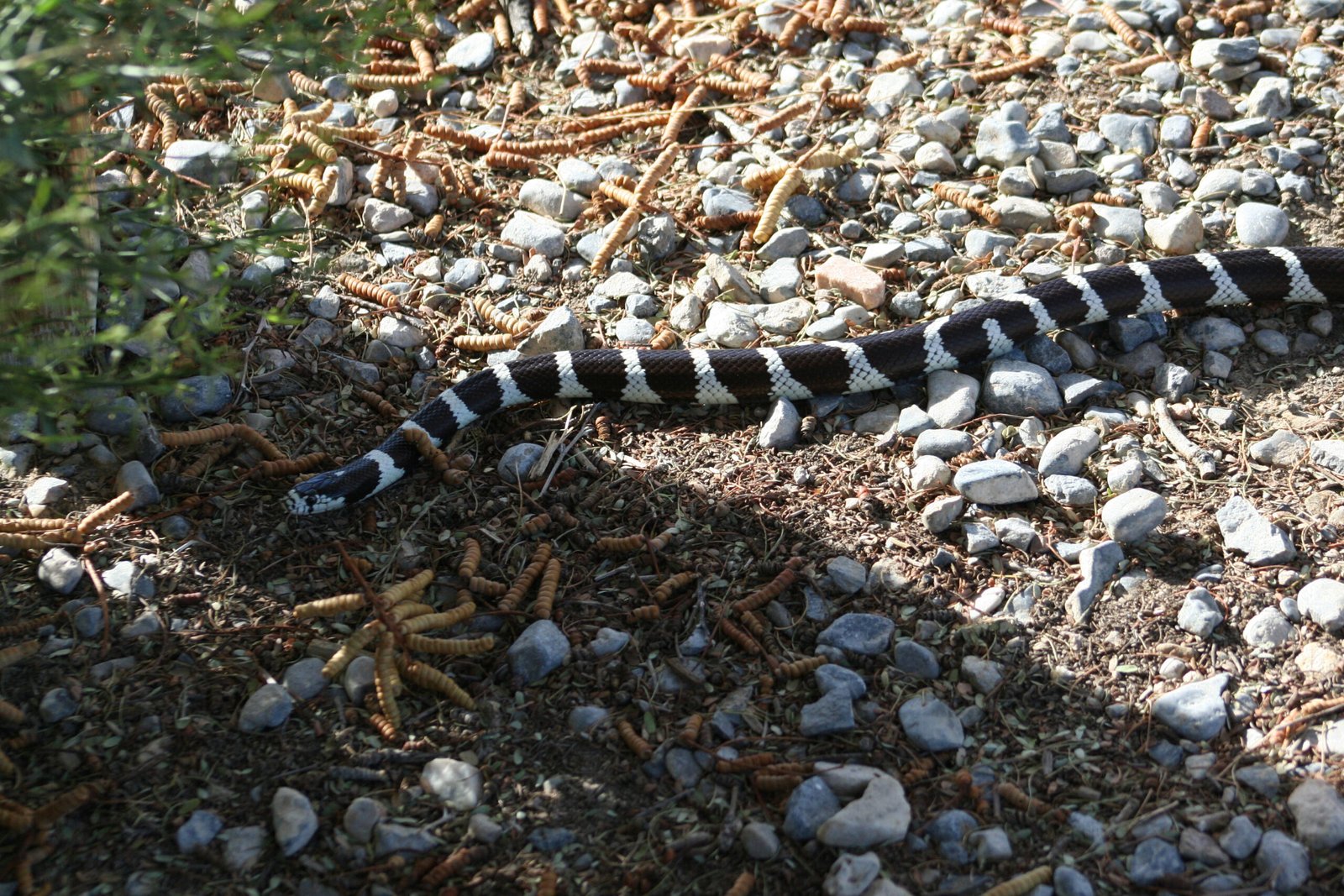
One of the most compelling traits of kingsnakes is their adaptability. These snakes can thrive in a wide range of habitats, from forests and grasslands to deserts and swamps. This adaptability is a testament to their resilience and ability to survive in varying environments. Whether it’s the arid conditions of the southwestern United States or the humid swamps of the southeastern regions, kingsnakes have evolved to make the best of their surroundings. It’s as though they have a built-in GPS that guides them through life’s challenges.
Constrictors Extraordinaire
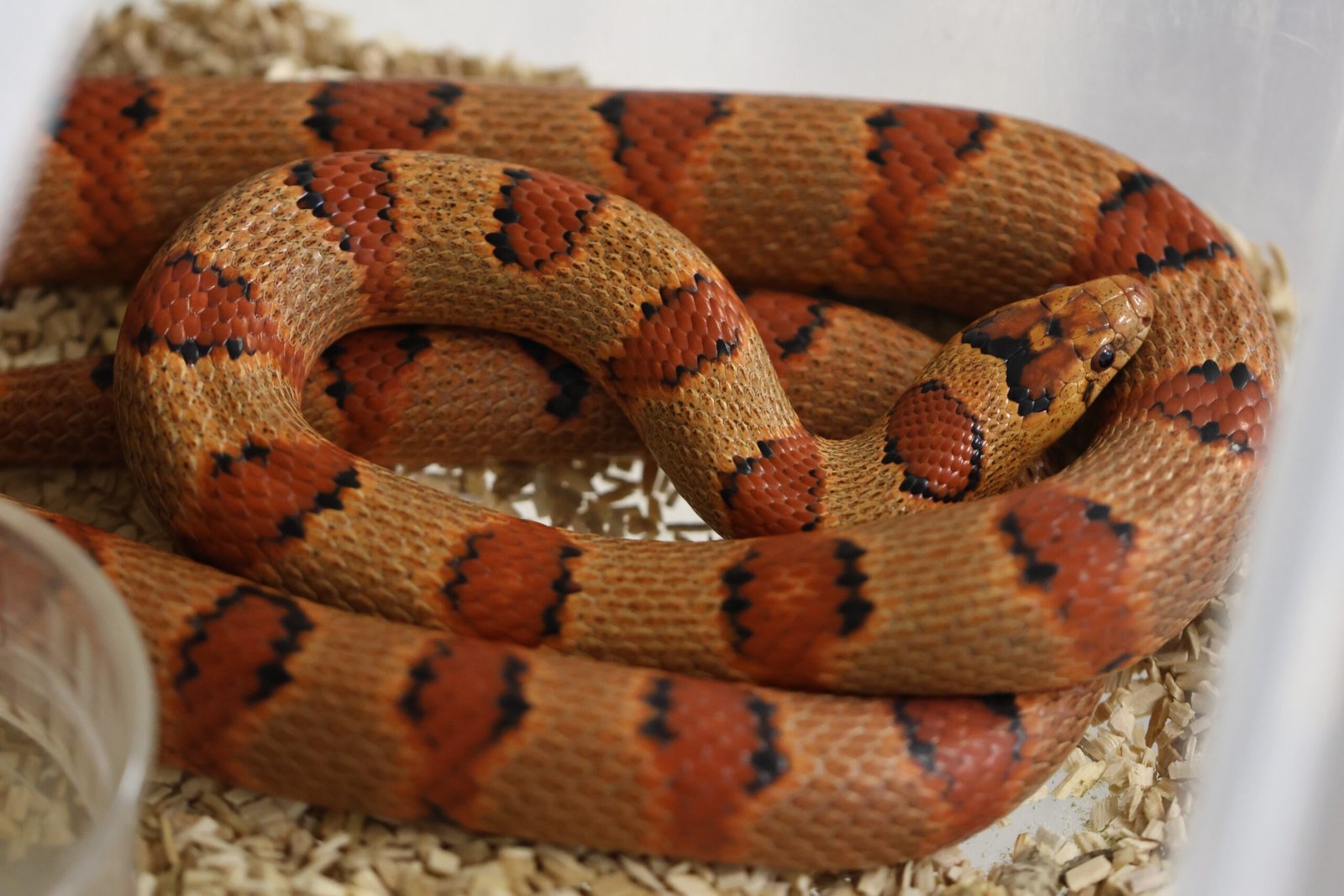
Kingsnakes are non-venomous constrictors, which means they subdue their prey by wrapping around it and squeezing. This method is incredibly effective, allowing them to take down prey much larger than themselves. Picture a skilled wrestler using their strength and technique to overpower an opponent. That’s how kingsnakes operate in the wild. Their powerful constriction is a testament to their strength and efficiency as hunters, making them a fascinating subject of study for herpetologists and snake enthusiasts alike.
A Feast of Variety
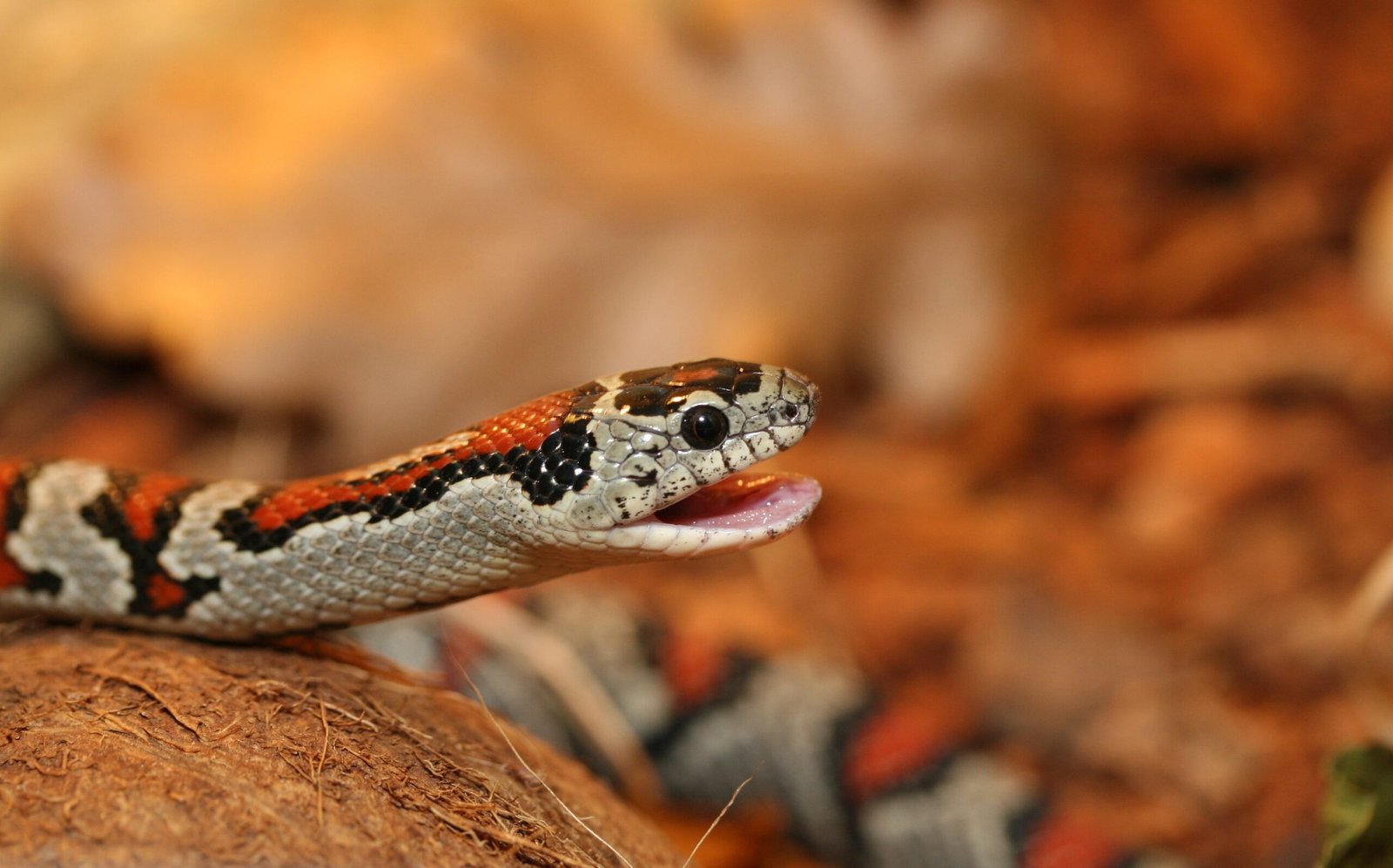
When it comes to their diet, kingsnakes are not picky eaters. They have a diverse palate, consuming a wide range of prey including rodents, birds, eggs, and other reptiles. Their ability to consume other snakes, including venomous ones, sets them apart in the reptile world. This diverse diet not only showcases their adaptability but also highlights their role in controlling pest populations. It’s like having a natural exterminator in the ecosystem, keeping the balance in check.
Immunity to Venom
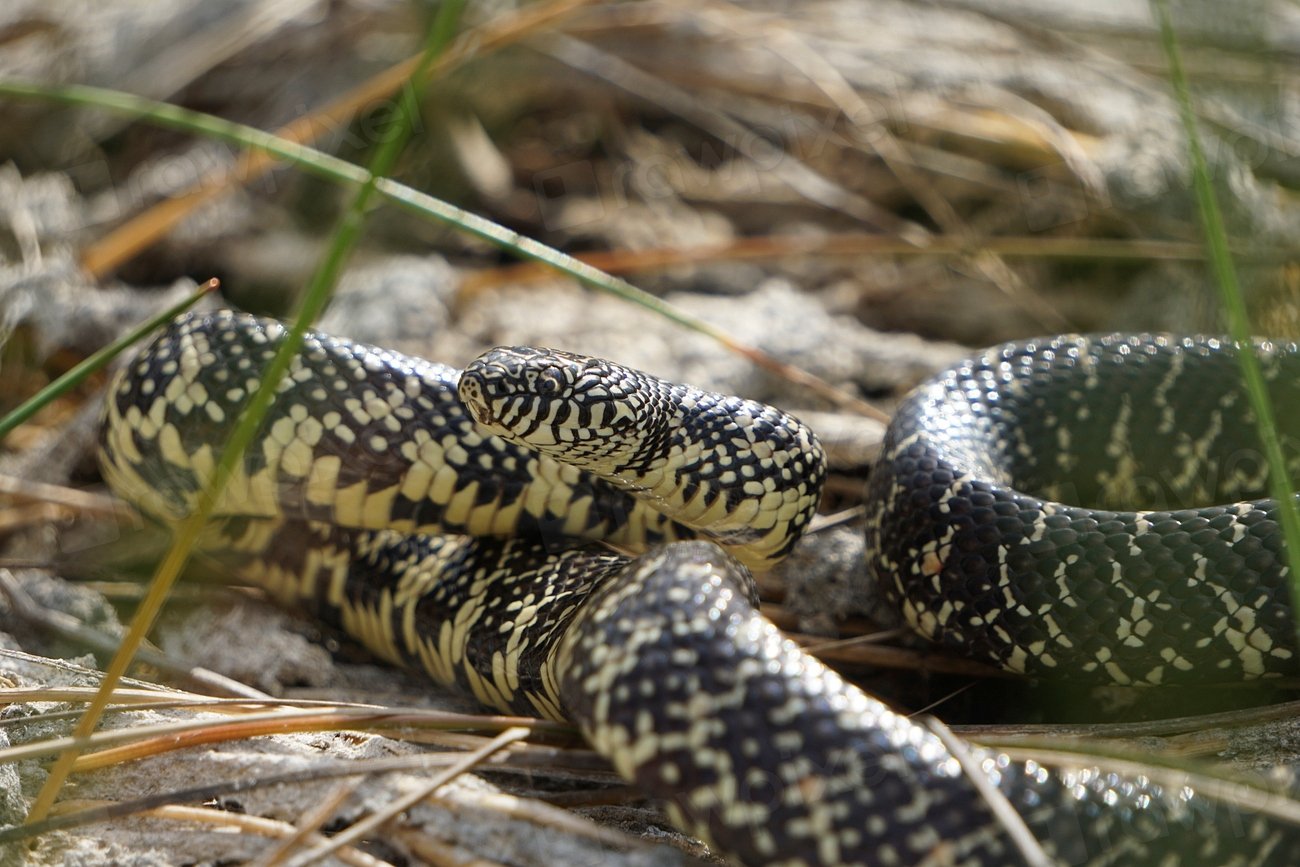
One of the most astonishing facts about kingsnakes is their immunity to the venom of other snakes. This unique trait allows them to prey on venomous snakes like rattlesnakes without fear of harm. Imagine having a superpower that protects you from danger – that’s what kingsnakes possess. Their resistance to venom is a subject of scientific interest, offering potential insights into medical advancements for venom treatments. It’s a fascinating glimpse into the wonders of nature and evolution.
Solitary Wanderers
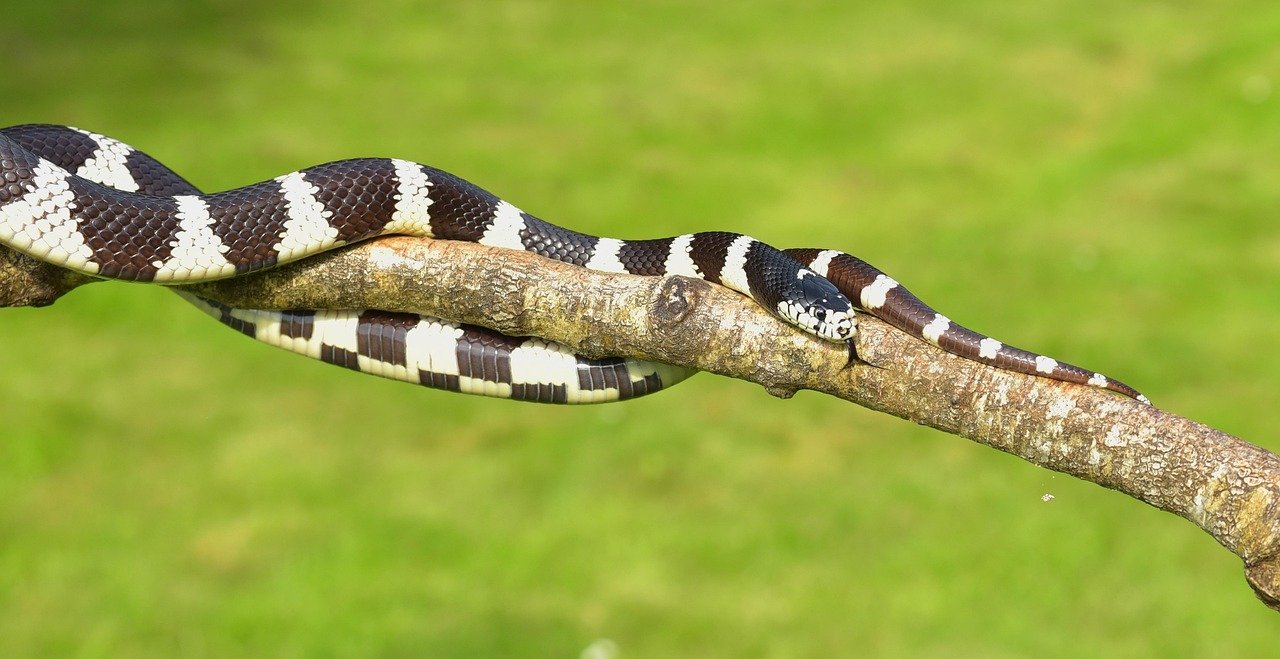
Kingsnakes are solitary creatures, preferring to roam alone in their quest for food and shelter. This solitary nature is common among many snake species and serves them well in the wild. By avoiding competition and conflict with other snakes, kingsnakes can focus on their survival and hunting. It’s akin to a lone traveler navigating the world, relying on their instincts and resourcefulness to thrive. This independence is a key aspect of their behavior and lifestyle.
Brumation: The Winter Sleep
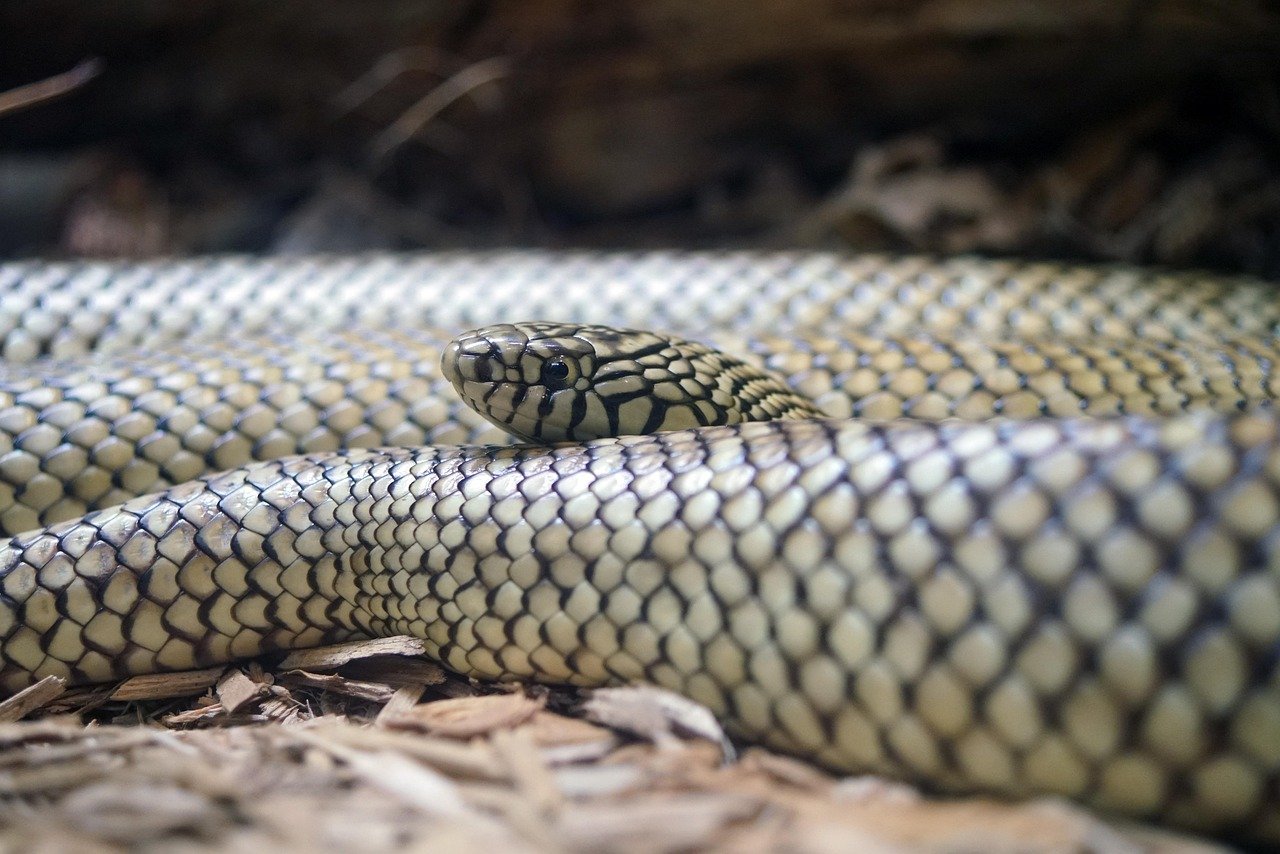
During colder months, kingsnakes enter a state of brumation, a hibernation-like period where their metabolism slows down. Unlike true hibernation, brumation allows them to wake occasionally and drink water. This adaptation helps them conserve energy during times when food is scarce. It’s similar to a bear’s hibernation, but with the ability to stay semi-active. This unique survival strategy ensures that kingsnakes can endure harsh conditions and emerge ready to hunt when spring arrives.
Remarkable Lifespan
Kingsnakes can live for 20 to 30 years in captivity, which is quite impressive for a reptile. Their longevity is a testament to their resilience and adaptability. In the wild, their lifespan is generally shorter due to predators and environmental challenges. However, with proper care in captivity, kingsnakes can thrive and live long, healthy lives. It’s like having a loyal companion that stays by your side for decades, a true testament to their hardy nature.
Popular Among Pet Enthusiasts
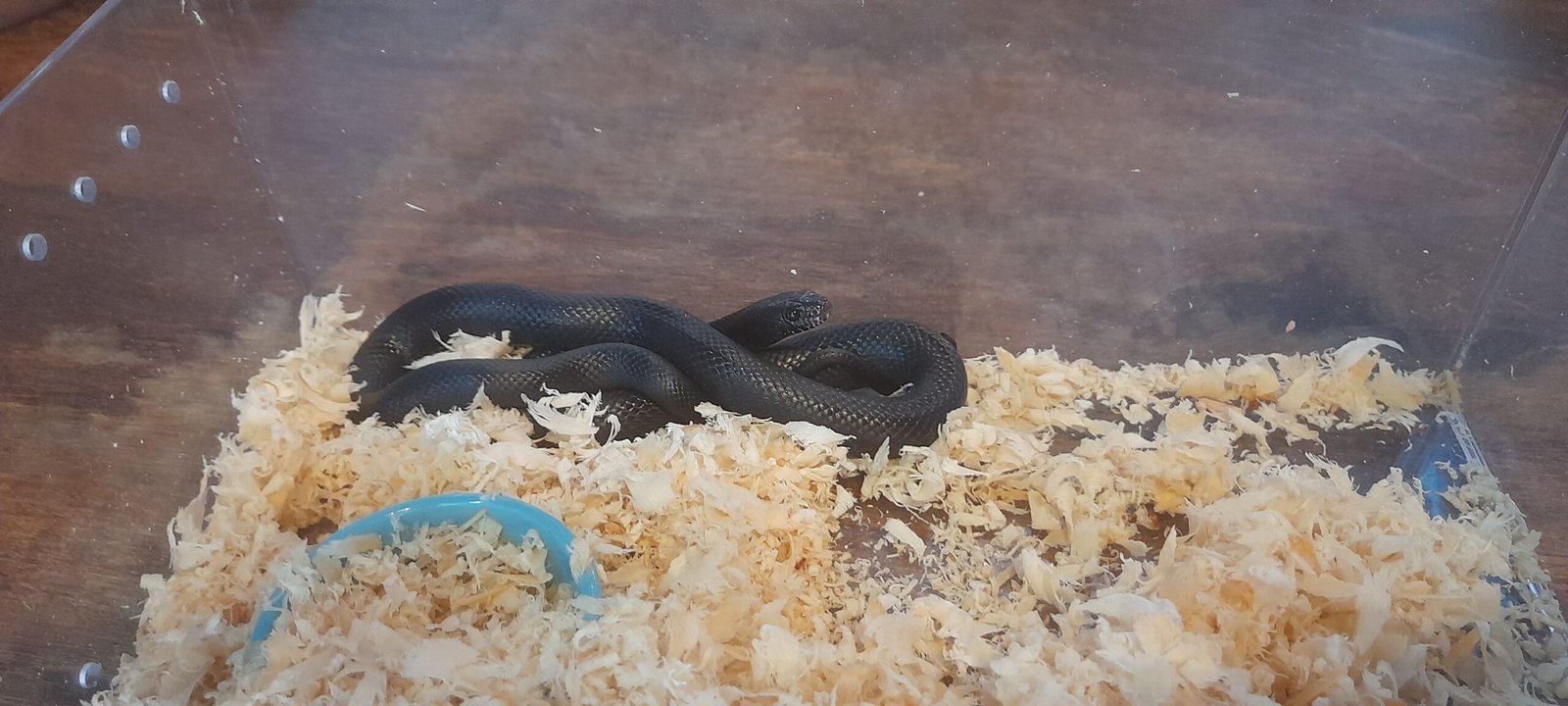
Due to their docile nature and striking appearance, kingsnakes are popular among reptile enthusiasts and pet owners. They are known for being manageable and easy to care for, making them ideal pets for those interested in snakes. Their popularity has led to a variety of morphs being bred, offering a wide range of colors and patterns for collectors. It’s like having a living piece of art that you can care for and admire, a rewarding experience for any snake lover.
Non-Venomous Charm
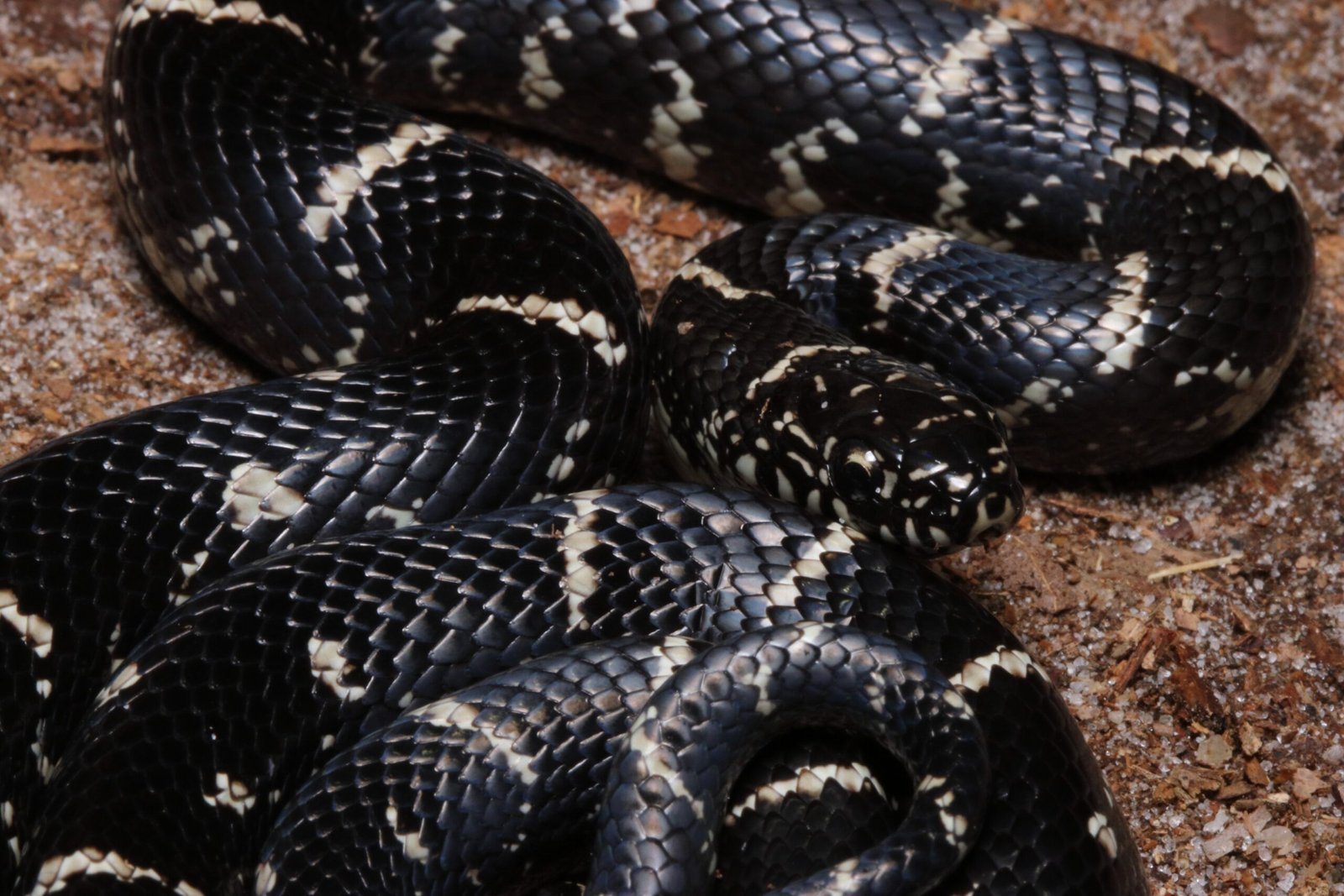
Kingsnakes are non-venomous, which makes them less intimidating to those apprehensive about snakes. Their lack of venom, combined with their gentle temperament, makes them an excellent choice for educational purposes and public demonstrations. They serve as ambassadors for their species, helping to dispel myths and fears about snakes. It’s like meeting a friendly neighbor who changes your perception of the whole neighborhood, fostering understanding and appreciation.
Breeding and Reproduction
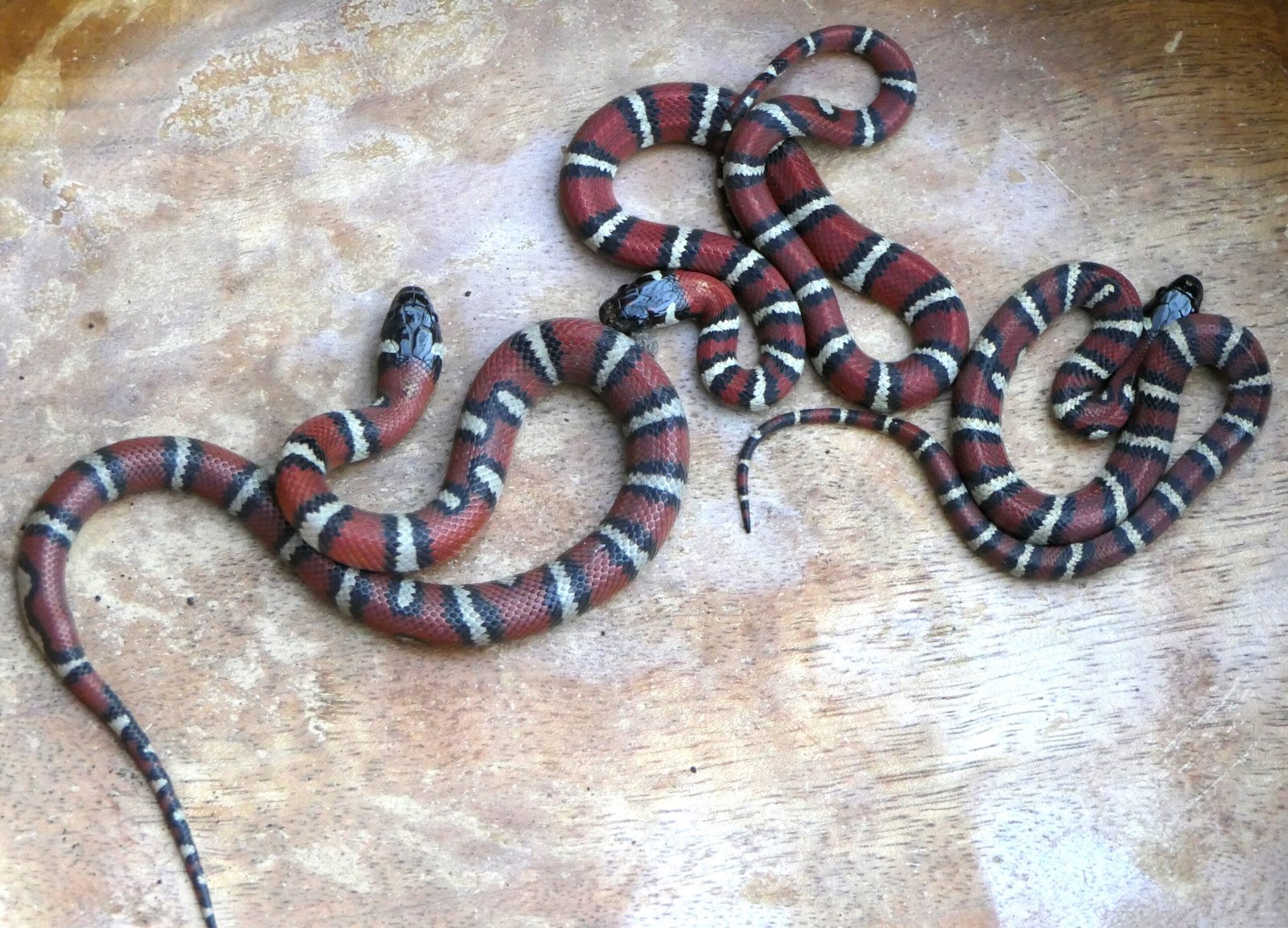
Kingsnakes are oviparous, meaning they lay eggs rather than giving birth to live young. After mating, females lay clutches of eggs in hidden, secure locations. The incubation period lasts about two months, after which the hatchlings emerge ready to fend for themselves. This reproductive strategy ensures the continuation of their species, with each generation bringing new life to the ecosystem. It’s a cycle of renewal and growth, a testament to the wonders of nature.
Natural Pest Controllers
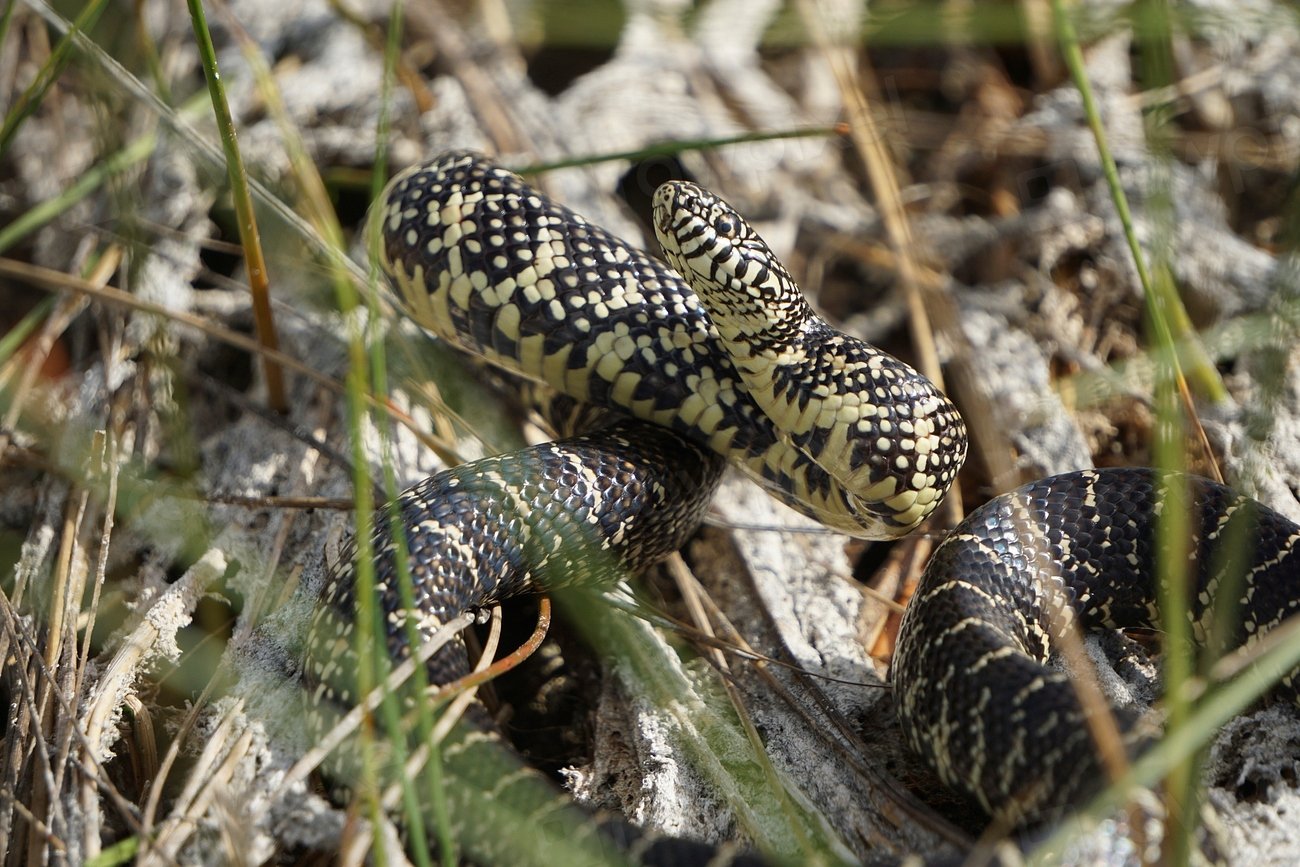
In their natural habitats, kingsnakes play a crucial role in controlling pest populations. By preying on rodents and other small animals, they help maintain the balance of the ecosystem. Their presence is beneficial to farmers and gardeners, reducing the need for chemical pest control methods. It’s like having a natural ally that works behind the scenes to keep everything in harmony, a vital part of the ecological puzzle.
Curiosity and Intelligence
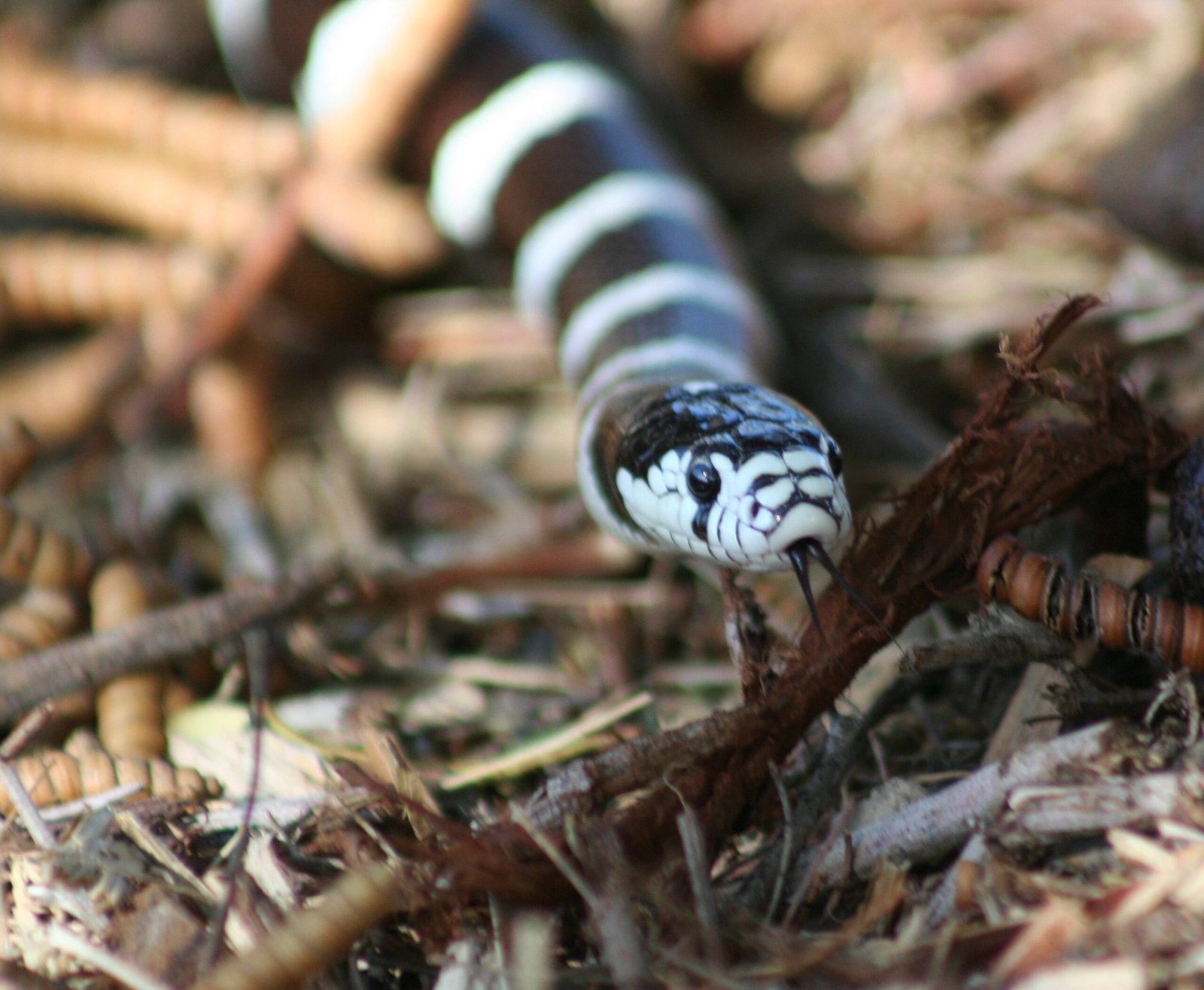
Kingsnakes are known for their curiosity and intelligence, often exploring their surroundings with keen interest. This inquisitive nature makes them engaging pets, as they interact with their environment and owners. Their behavior can be likened to that of a curious child, always eager to learn and discover new things. This intelligence adds to their charm and appeal, making them a favorite among snake enthusiasts who appreciate their lively and interactive nature.
Kingsnakes are truly captivating creatures, offering a wealth of fascinating facts for snake lovers and nature enthusiasts alike. Their adaptability, striking appearance, and unique behaviors make them a subject of endless curiosity and admiration. As you reflect on these 14 interesting facts, consider the remarkable world of kingsnakes and the role they play in the natural world. What new discoveries await you in the realm of these incredible reptiles?

Born and bred in South Africa, a Capetonian at heart. Amy-Leigh’s love for nature and animals was inherited from her Dad. He loves taking the family on road trips to experience nature at its finest; Amy-Leigh’s favourite being whale watching in Hermanus and spotting Kudu along the West Coast. Amy-Leigh holds a BA in English Literature and Communication Studies.

